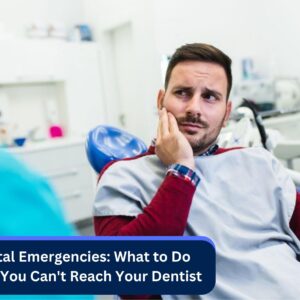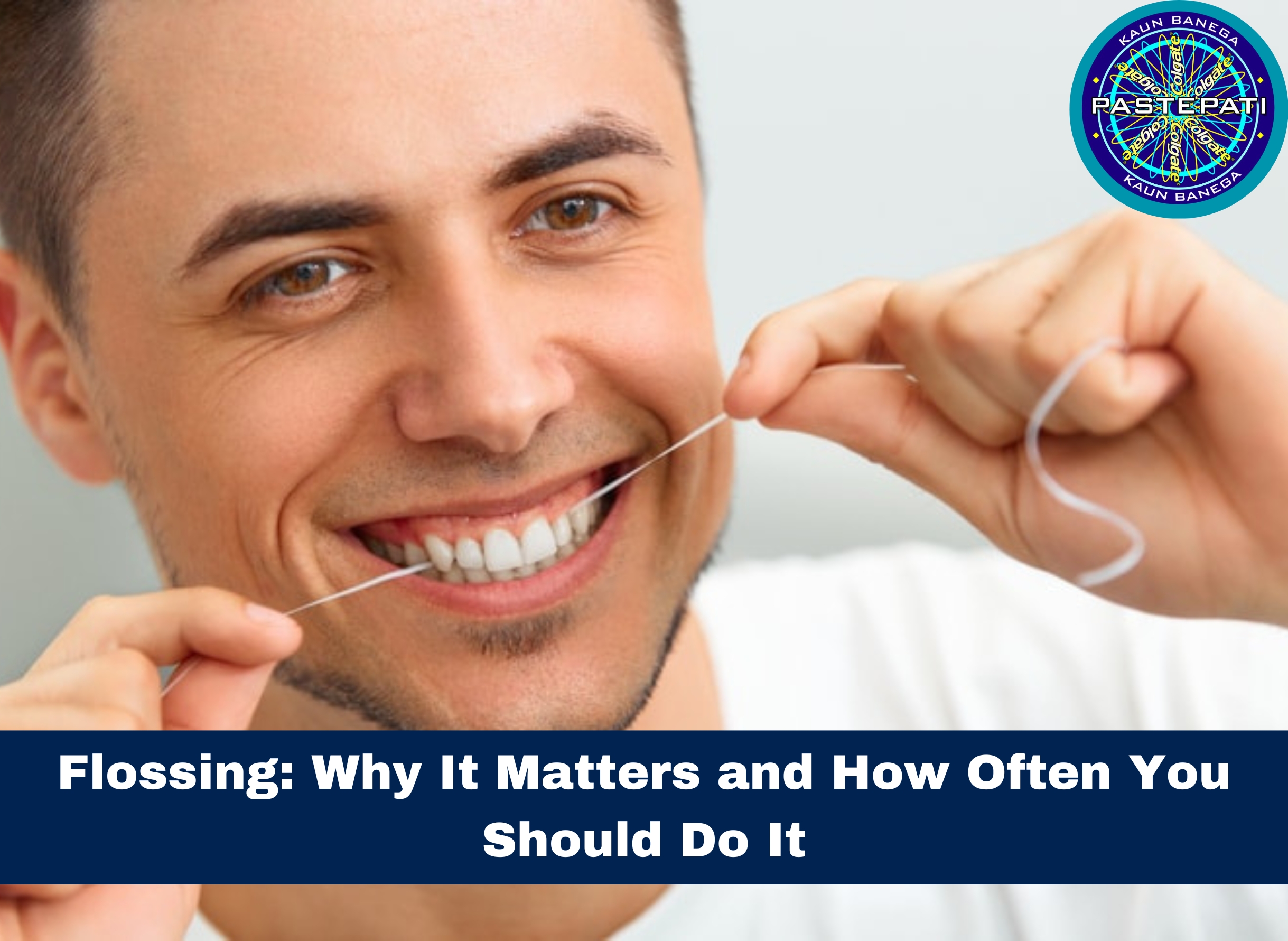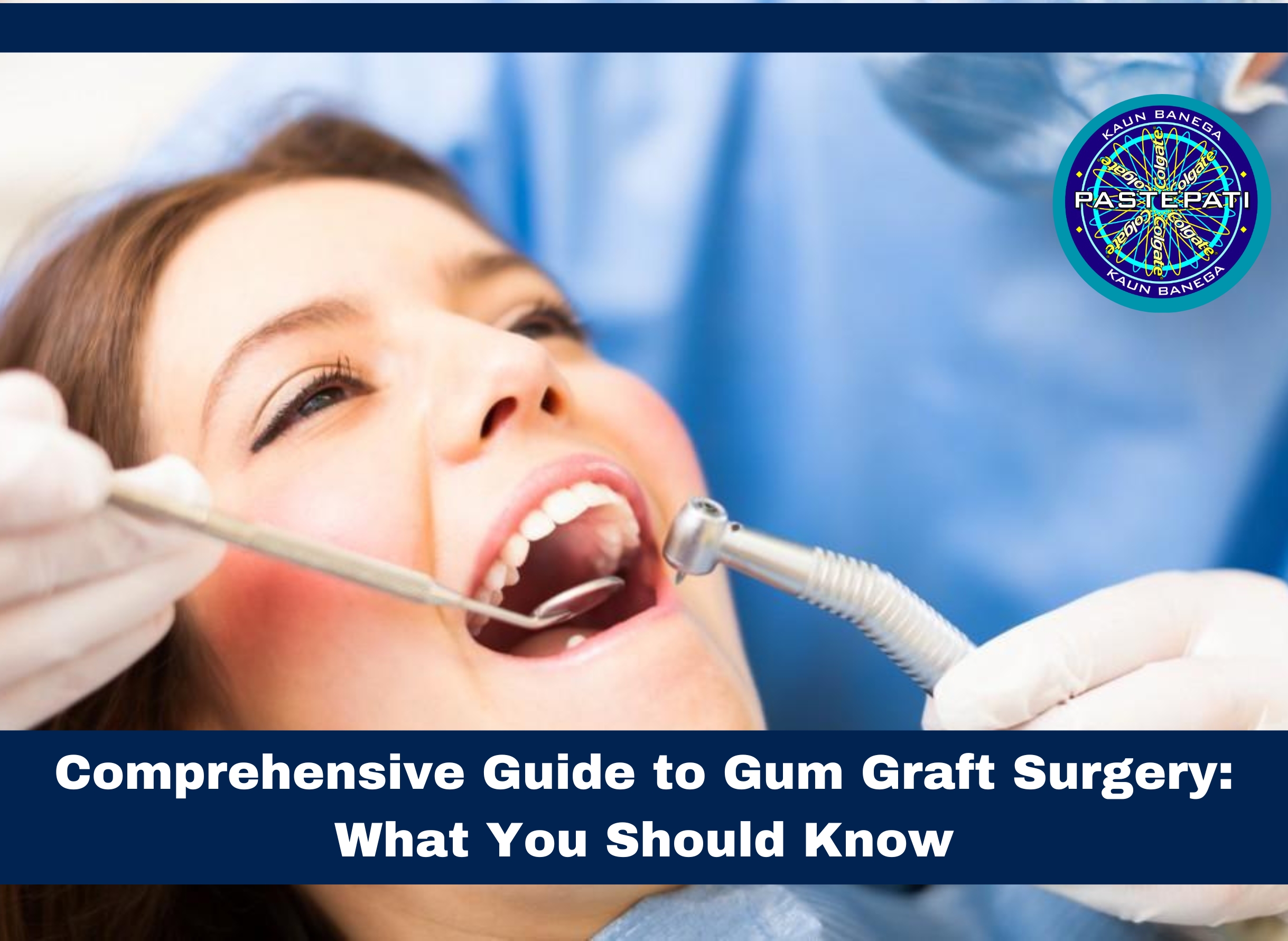
Dental emergencies can happen when you least expect them, and knowing how to respond promptly can make all the difference in preserving your oral health. In this comprehensive emergency guide, presented by Kaunbnegapastepati, your trusted dental clinic in Ludhiana, we will equip you with the knowledge and tools to handle common dental emergencies when you can’t reach your dentist. To ensure you are well-prepared, we’ve included a questionnaire to help you assess your readiness for dental emergencies.
Read: Caring for Your Child’s Teeth: Tips for Parents
The Importance of Planning for Dental Emergencies
Dental emergencies can range from a knocked-out tooth to severe toothaches or injuries. Being prepared and knowing what to do can alleviate pain, prevent further damage, and potentially save a tooth. Here’s why readiness is crucial:
1. Pain Management: Prompt action can help manage pain and discomfort associated with dental emergencies.
2. Preventing Further Damage: Quick response can prevent additional damage to teeth, gums, or oral tissues.
3. Preserving Teeth: In some cases, immediate care can save a knocked-out tooth if handled correctly.
4. Reducing Stress: Knowing how to respond to emergencies reduces stress and anxiety during these situations.
Read: Choosing the Best Toothbrush and Toothpaste: A Complete Guide
Questionnaire: Assessing Your Preparedness for Dental Emergencies
Before we delve into the steps to handle dental emergencies, let’s assess your preparedness for such situations. Please answer the following questions honestly:
Question 1: Do you have an emergency dental kit at home, including items like cotton balls, dental wax, and an oral pain reliever?
- Yes
- No
Question 2: Have you ever received basic first-aid training that includes how to handle dental emergencies?
- Yes
- No
Question 3: Do you know the location and contact information of the nearest emergency dental clinic or hospital?
- Yes
- No
Question 4: Have you discussed and shared emergency dental instructions with your family members or housemates?
- Yes
- No
Question 5: Are you aware of the proper steps to follow if a tooth is knocked out, a crown or filling comes loose, or you experience a severe toothache?
- Yes
- No
Question 6: Do you have access to a 24/7 dental hotline or telehealth service for dental emergencies?
- Yes
- No
Now, let’s evaluate your responses to determine your readiness for dental emergencies:
- If you answered “Yes” to questions 1 and 6, you have some essential items and resources for managing dental emergencies.
- Having received basic first-aid training that includes dental emergencies (question 2) is a valuable asset.
- If you know the location and contact information of the nearest emergency dental clinic or hospital (question 3), you’re well-prepared in case of severe emergencies.
- Sharing emergency dental instructions with your family or housemates (question 4) ensures everyone knows what to do during an emergency.
- Being aware of the proper steps for various dental emergencies (question 5) is crucial for effective response and care.
Read: Interactive Activities for Tiny Teeth: Nurturing Healthy Smiles
Handling Common Dental Emergencies
Now, let’s explore the steps to handle common dental emergencies when you can’t reach your dentist:
1. Knocked-Out Tooth (Avulsed Tooth):
- Step 1: Pick up the tooth by the crown (the top part), avoiding touching the roots.
- Step 2: Gently rinse the tooth with clean water if it’s dirty. Do not scrub or use soap.
- Step 3: Try to reposition the tooth back into its socket. If that isn’t possible, keep it moist in a container of milk or saliva.
- Step 4: Seek immediate dental care within 30 minutes for the best chance of saving the tooth.
2. Loose or Lost Filling or Crown:
- Step 1: Clean the affected tooth gently and remove any debris.
- Step 2: Apply dental cement or denture adhesive to the inner surface of the crown or filling, then carefully reposition it on the tooth.
- Step 3: Bite down gently on a piece of gauze to hold the crown or filling in place until you can see your dentist.
3. Severe Toothache:
- Step 1: Rinse your mouth with warm water to remove any debris.
- Step 2: Floss gently to ensure there’s no food or debris trapped between teeth.
- Step 3: Take over-the-counter pain relievers as directed.
- Step 4: Avoid placing aspirin or any medication directly on the gum, as it may cause burns.
- Step 5: Schedule an appointment with your dentist to identify the cause of the toothache.
4. Broken or Chipped Tooth:
- Step 1: Clean the area around your mouth with warm water.
- Step 2: If there’s bleeding, apply gentle pressure with clean gauze.
- Step 3: Save any broken pieces if possible.
- Step 4: Seek dental care as soon as possible, as broken teeth can lead to infections if left untreated.
5. Gum or Soft Tissue Injury:
- Step 1: Rinse your mouth gently with warm water.
- Step 2: Apply pressure with clean gauze to control bleeding.
- Step 3: If bleeding persists or the injury is severe, seek immediate dental or medical attention.
Read: Dental Health Tips: Quick Guides for a Radiant Smile
Conclusion
Being prepared for dental emergencies is essential for your oral health and well-being. By following the steps outlined in this emergency guide and ensuring you have the necessary resources and knowledge, you can respond effectively to common dental emergencies when you can’t reach your dentist. If you have any specific concerns or need further guidance, don’t hesitate to reach out to Kaunbnegapastepati, your trusted dental clinic in Ludhiana.
Remember, quick and informed action can make a significant difference in preserving your smile during dental emergencies.




